Retro Replay Review
Gameplay
Kisha de GO! offers a deep and rewarding simulation experience that sets it apart from other entries in the Densha de GO! series. Instead of modern electric trains, you’ll be at the helm of steam locomotives winding through the Japanese countryside. This shift in equipment demands greater attention to throttle management, boiler pressure, and timely braking as you navigate gradients and curves.
(HEY YOU!! We hope you enjoy! We try not to run ads. So basically, this is a very expensive hobby running this site. Please consider joining us for updates, forums, and more. Network w/ us to make some cash or friends while retro gaming, and you can win some free retro games for posting. Okay, carry on 👍)
The game’s control scheme is more challenging than what long-time fans might expect. Taito has intentionally increased the complexity to reflect the real-world operation of steam engines. You’ll need to juggle firing up the boiler, maintaining optimal steam pressure, and coordinating the reversing lever—all in real time. At first, this may feel daunting, but mastering these mechanics leads to a genuine sense of accomplishment.
The included routes—covering segments of the Keihin-Tōhoku Line, Shin’etsu Main Line, and Ban’etsu-Sai Line—provide a balanced mix of urban commuter sections and scenic rural stretches. Each line poses its own unique challenges, from frequent station stops and traffic coordination in metropolitan areas to managing steep inclines and weather variations in mountain regions.
For those who relish precision, Kisha de GO! also features an optional “pro mode,” where HUD elements are minimized, and you must rely more on in-cab indicators and your own judgment. Whether you’re a veteran railfan or a newcomer seeking a fresh twist on train simulations, the gameplay offers plenty of depth and replay value.
Graphics
Graphically, Kisha de GO! blends realistic locomotive models with painterly backdrops that capture the essence of each region. The steam engines themselves are intricately detailed, featuring rotating wheels, exhaust plumes, and even grime accumulation over time. In motion, the suspension and track interactions feel authentic, lending credibility to the simulation.
The environments showcase lush fields, rolling hills, and densely built urban areas with equally convincing fidelity. On the Shin’etsu Main Line, you’ll witness snow-dusted landscapes in winter scenarios, while Ban’etsu-Sai Line routes highlight vibrant autumn foliage. Lighting shifts dynamically throughout the day, creating spectacular sunrise and sunset vistas.
Performance remains stable on modern hardware, with frame rates holding steady even during complex weather effects like rain or fog. Pop-in is minimal, and draw distances are sufficient to plan your next station stop. The user interface is clean and unobtrusive, with gauges styled after period-correct steam engine panels.
Meanwhile, subtle visual touches—such as condensation on the windows, steam puffs varying with throttle input, and animated crew members—add to the immersion. Even the soundtrack’s crackling firebox and ringing bells sync perfectly with the on-screen action, reinforcing the graphical realism with audio cues.
Story
While Kisha de GO! is primarily a simulation title, it weaves a light narrative through its training scenarios and career mode. You’ll start as a novice fireman and work your way up to the role of chief engineer, earning promotions by mastering each route under varying weather and time constraints.
The career progression is framed as a journey through Japan’s rail history, with each segment accompanied by short text vignettes describing the region’s cultural and industrial significance. For example, operating on the Keihin-Tōhoku Line introduces the commuter rush of Tokyo’s outskirts, while the Ban’etsu-Sai Line sections delve into rural livelihoods and local festivals.
Though the narrative isn’t character-driven, the game’s attention to historical context provides a sense of place and purpose. You’ll glean interesting trivia about steam engine maintenance, period railway signage, and even the evolution of track materials. These tidbits are woven seamlessly into briefing screens before each mission.
For players who crave more structure, optional “scenario events” present special challenges—such as emergency brake failures or tight transfer schedules—that mimic real-world mishaps. Successfully navigating these events rewards you with in-game achievements and unlocks rare locomotives, adding a light but engaging overarching storyline to your simulation sessions.
Overall Experience
Kisha de GO! stands out as a niche gem for rail enthusiasts and simulation fans alike. By shifting focus from modern electric trains to classic steam locomotives, it delivers a fresh perspective on an established series. The added depth in controls and the varied Japanese landscapes make each run feel unique.
The learning curve may be steep, especially for newcomers, but the gradual introduction of advanced mechanics ensures that players aren’t overwhelmed. Taito’s thoughtful tutorials and adjustable difficulty options allow you to tailor the experience to your skill level, whether you’re seeking a relaxed Sunday drive or a demanding training regimen.
Replayability is high thanks to multiple lines, time-of-day variations, and dynamic weather conditions. Moreover, the career mode and special scenario events incentivize continuous play, offering both short sessions and long-term goals. Steam-engine aficionados will appreciate the technical authenticity, while casual gamers can still enjoy the scenic routes and the thrill of keeping a massive locomotive on schedule.
In conclusion, Kisha de GO! is a richly detailed, highly immersive train simulation that broadens the horizons of the Densha de GO! series. With its challenging yet rewarding gameplay, attractive visuals, and educational context, it’s well worth considering for anyone interested in railroading history or meticulous simulators.
 Retro Replay Retro Replay gaming reviews, news, emulation, geek stuff and more!
Retro Replay Retro Replay gaming reviews, news, emulation, geek stuff and more!
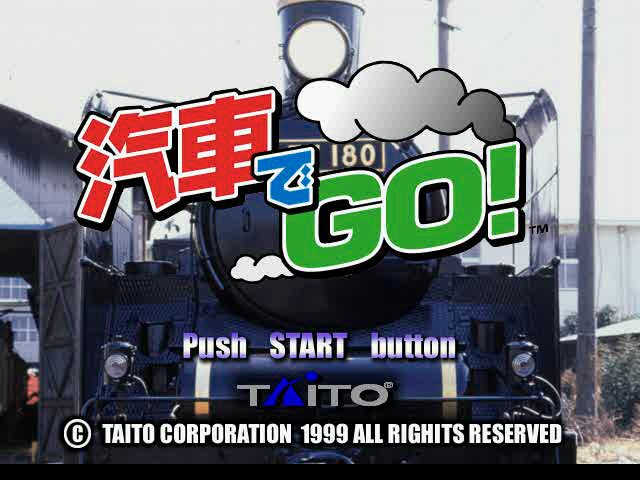
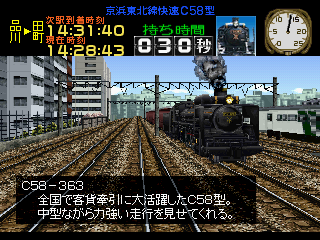
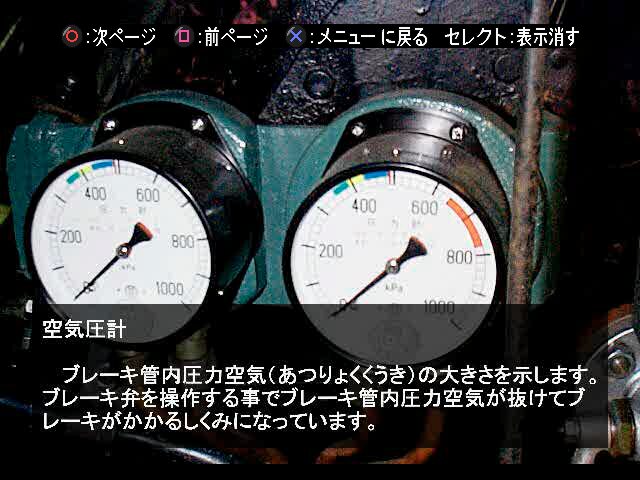
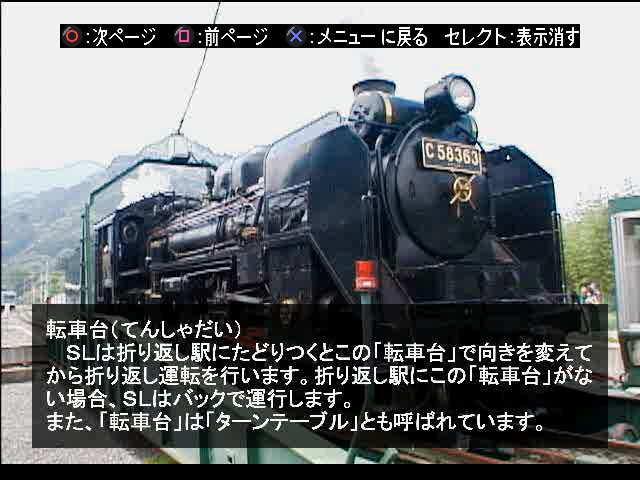
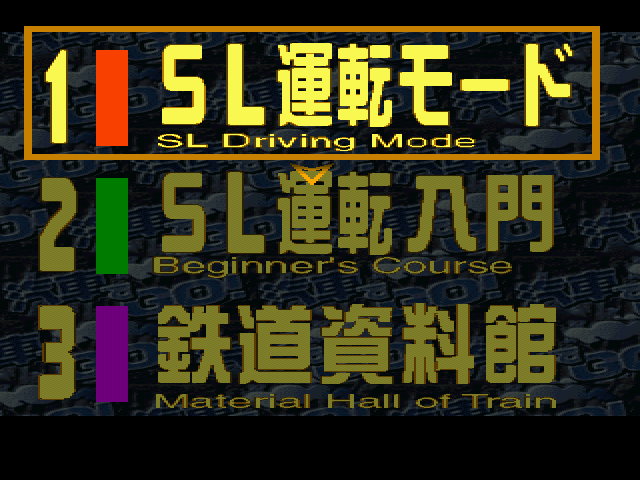
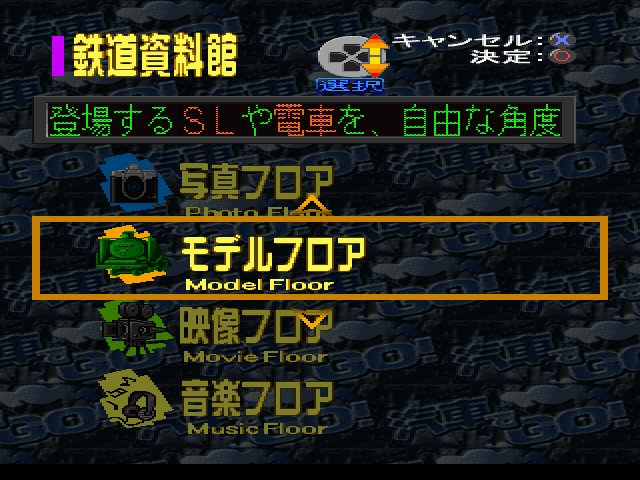



Reviews
There are no reviews yet.